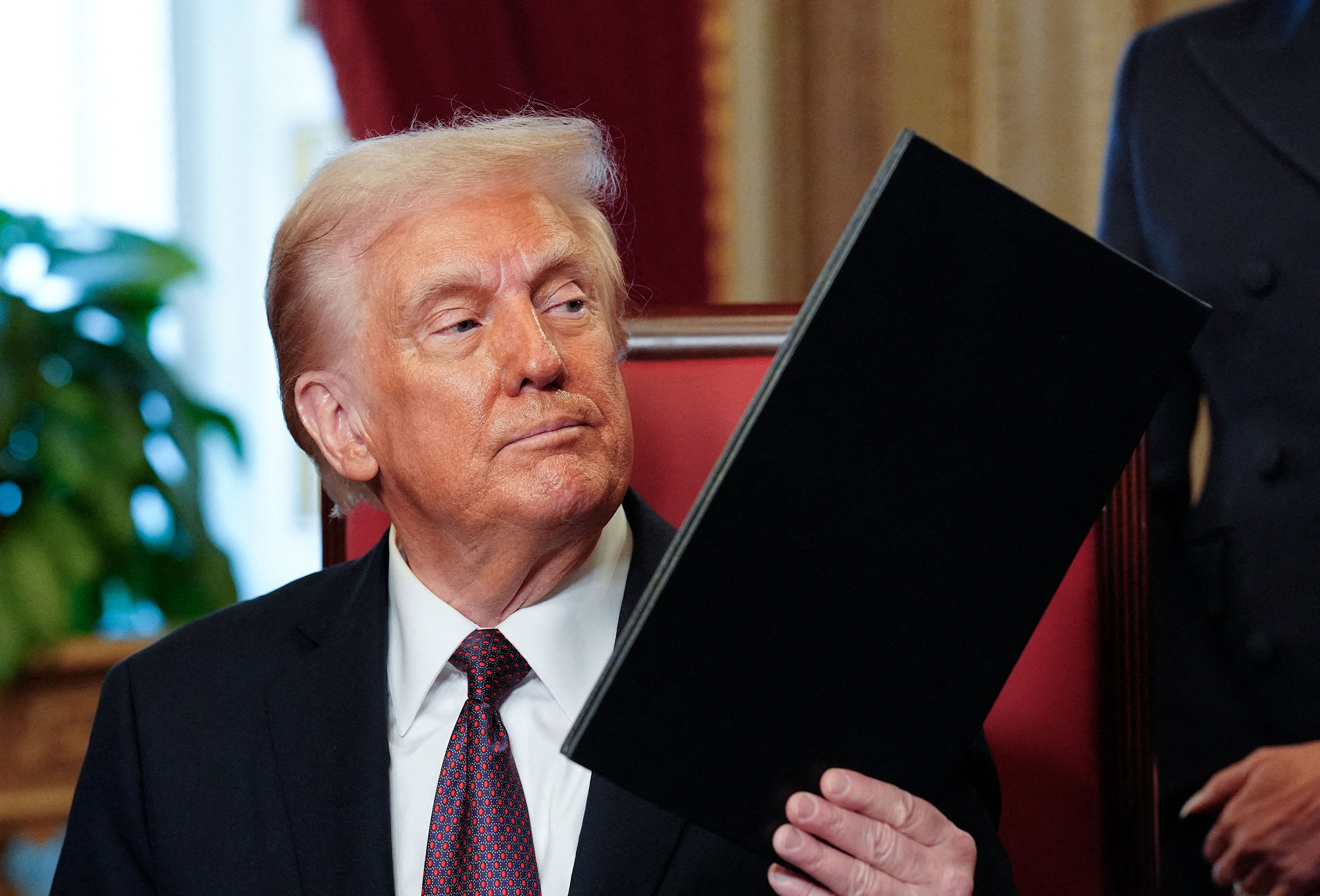As we head into August, when Congress is scheduled for a recess, lawmakers are poised to present another COVID-19 relief package to the president for his signature. But the Democratic-controlled House and the Senate Republicans still have to hash out the differences in their separate bills. Following is a brief comparison of the respective starting points for several key negotiations.
Stimulus payments: The Coronavirus, Aid, Relief, and Economic Security (CARES) Act approved in March authorized stimulus payments of up to $1,200 for individuals and $2,400 for couples, plus $500 per qualifying child.
- The House has proposed $1,200 payments for each family member with earnings of $75,000 or less. It also extends this relief to college students, non-child dependents and certain unauthorized non-citizens.
- The Senate favors a second round of $1,200 payments for single filers: $2,400 for joint filers. In addition, an extra $500 would be available for each dependent for families with earnings of $75,000 or lees.
Unemployment benefits: The CARES Act included unemployment benefits of $600 a week on top of the benefits allowed under state programs. But these benefits run out on July 31.
- The House wants to extend the $600-per-week benefit through January 31, 2021. It would also offer some assistance to state unemployment authorities.
- The Senate bill extends benefits, but only through October 5, 2020, while effectively reducing the weekly amount to about $200. At the same time, it boosts reimbursement to state unemployment offices from 50% to 75%.
State and local government funding: This has been a contentious issue between lawmakers in “red” and “blue” states.
- The House bill authorizes $985 billion for state and local governments. It would also give these units more flexibility to use funds to close the gap in revenue shortfalls.
- In comparison, the Senate would not provide any additional money to state and local governments. Instead, it would siphon off CARES Act funds to help make up shortfalls.
COVID-19 liability: This is another lightening rod in negotiations. Not surprisingly, the initial proposals run across party lines.
- The House would not impose any liability immunity. However, it would require OSHA to issue an emergency standard for workplace safety, offering some legal protection to employers.
- The Senate would provide legal protections relating to COVID-19 liability claims against businesses, educational institutions, other nonprofit organizations and health care providers.
School funding: The White House has signaled its desire for schools to re-open in the fall, but there’s been pushback from Democrats. In any event, keeping schools afloat is going to be costly.
- The House has okayed a $107 billion package for these purposes. The funds include $90 billion to be split among elementary and secondary schools, colleges, discretionary funds for governors and relief for tuition and childcare expenses.
- The Senate has approved a $105 billion stabilization fund, roughly the same amount as the House, with somewhat different breakdowns. Notably, two-thirds of money would be allocated to schools where students must be physically present.
Student loan debts: The CARES Act contained several provisions easing the burden on student loan debts. Notably, loan repayments were generally suspended through September 30, 2020.
- The House bill provides up to $10,000 of additional debt relief for borrowers while completely wiping out debts for folks owing $10,000 or less. Loans may be consolidated and the period for suspending repayments is extended until September 30, 2021.
- The Senate doesn’t extend the respite from making loan payments past its current deadline. It does streamline and modify several federal student loan repayment options based on family income.
Paycheck Protection Program: The Paycheck Protection Program (PPP), initially authorized by the CARES Act, provides loans to qualified businesses that may be completely or partially forgiven.
- The House wants to inject more cash into the business sector by carving out PPP funds for operations of no more than ten employees, creating an additional $10 billion fund for non-bank lenders and permitting qualified use of money for operational and supplier costs.
- The Senate bill is aimed at providing a second loan to small businesses with 300 or fewer employees that have a 50% drop-off in revenue. It also approves expenses to protect workers and customers, including personal protective equipment (PPE) and air conditioning upgrades.
Both the House and Senate bills include provisions for additional loans for small businesses. They also set aside funds for vaccine research and distribution.
Other provisions highlight the political differences between the two chambers of Congress. For instance, the House bill provides mortgage and rent assistance, while the Senate bill doesn’t. Conversely, the Senate bill includes new rules for calculating Social Security and Medicare benefits and business deductions for PPE, testing materials and cleaning expenses. The House bill doesn’t address these points. Finally, the Senate bill eliminates the long-standing 50% limit on business meal deductions.
Expect lots of twists and turns before any compromise package makes its way to the President’s desk. Congress may be working well into August after all.
Thanks for reading CPA Practice Advisor!
Subscribe Already registered? Log In
Need more information? Read the FAQs
Tags: Benefits, Income Tax
![congress.5e7e132560d03[1]](https://www.cpapracticeadvisor.com/wp-content/uploads/2020/07/congress.5e7e132560d03_1_.5f21e3081912a.png)



![natural_disasters_list_1_.56117a5e5df03[1]](https://www.cpapracticeadvisor.com/wp-content/uploads/2021/12/natural_disasters_list_1_.56117a5e5df03_1_.61c1db14bf0ea.png)